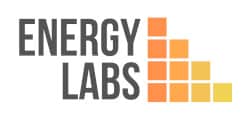Mold growth in buildings can be a serious health hazard and can cause damage to the structure of the building. One of the most effective ways to combat mold growth is by using a decentralized heat recovery ventilation system.
Decentralized systems work by extracting stale air from the building and supplying fresh air into the room. This constant exchange of air helps to reduce the moisture levels in the building, which is one of the main causes of mold growth.
In addition to reducing moisture levels, decentralized systems also include filters that remove pollutants and allergens from the air. This can help to improve indoor air quality and reduce the risk of mold growth.
Decentralized systems also recover thermal energy from the stale air that is being exhausted from the building. This can help to keep the temperature inside the building more consistent and reduce the need for heating and cooling. This not only leads to energy savings but also helps to reduce the potential for mold growth.
Another benefit of decentralized systems is that they are low maintenance. Unlike centralized systems, they don’t require ductwork, which reduces the need for regular cleaning and inspection. This can save homeowners money on maintenance costs.
In conclusion, decentralized heat recovery ventilation systems can be an effective tool in the fight against mold growth. They work by reducing moisture levels, removing pollutants and allergens from the air, recovering thermal energy, and are low maintenance. These systems are a great investment for homeowners looking to improve indoor air quality and reduce the potential for mold growth.
